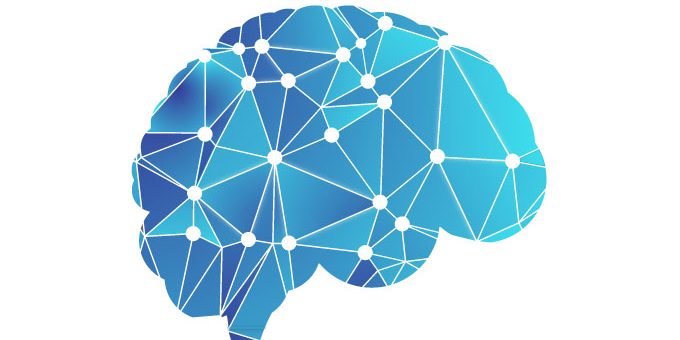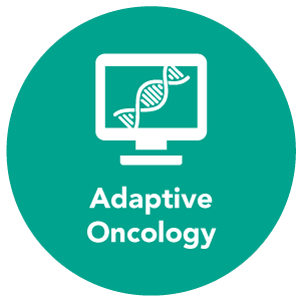Researchers at OICR, SickKids and Cambridge (UK) made new discoveries about how glioblastoma develops at the earliest stages.
New OICR-supported research published in leading scientific journal Nature could provide a blueprint to stop deadly brain tumours before they progress.
Researchers made two significant discoveries – a new cell type and a novel cellular process – they believe play a key role in the development of glioblastoma, one of the deadliest forms of brain cancer.

Glioblastoma is not usually diagnosed until it reaches the late stages. This leads to poor outcomes for patients, and limits what can be learned from tumour samples, which are already very complex by the time they are resected.
Researchers at OICR, SickKids and Cambridge (UK) used genetically engineered mouse models to take a closer look at the early development of glioblastoma, monitoring tumours at various stages using MRI and genome sequencing.
“Our work provides a detailed map of the entire process of glioblastoma development and reveals new insights that could lead to better diagnosis and treatment strategies for this incurable disease” says Dr. Akram Hamed, the study’s lead author and postdoctoral fellow at SickKids.
“We are seeing for the very first time how a brain tumour develops,” says Dr. Peter Dirks, Chief of the Division of Neurosurgery at SickKids and the study’s senior author. “By targeting the earliest steps of tumour formation, we can explore new avenues for the treatment of glioblastoma and improve outcomes for patients and families affected by brain cancer.”

First, they observed a novel cell type that resembles ‘neural-crest’ stem cells and is present in large numbers in the early stages of glioblastoma development. Hamed and colleagues also discovered a novel process induced during the early stages of glioblastoma development that resembled the body’s injury healing response. They found that process seemed to induce the development of the novel ‘neural-crest-like’ cells.
“We found the tumour initiation process to be mimicking a brain injury response,” Hamed says. “This has important therapeutic implications, raising the prospect of discovering new biomarkers for earlier diagnosis and thus also raise the possibility for intercepting tumour development by application of therapeutic approaches to target these injury-like programs.”
Knowing what drives glioblastoma at its earliest stages could ultimately help develop tools to diagnose it before it is symptomatic. A blood or cerebrospinal sample, for example, could provide evidence of that injury-like process. These cells and processes could also be targets for new glioblastoma therapies that could effectively stop the disease before it grows and becomes more complex.
The study represents another high-impact collaboration between Dr. Dirks’ lab and Dr. Lincoln Stein’s lab at OICR that generated important new knowledge about brain tumours. In 2022, Hamed, Dirks and Stein and colleagues published an atlas of more than 100,000 brain cells from mice in Nature Communications, which provided important insights on how glioblastoma and other glial cancers develop.
Stein is one of two OICR authors on the new Nature paper alongside Dr. Quang Trinh, who performed core computational analysis for the project.
“We know that finding cancer earlier gives patients the best chance at living longer and living better,” says Stein, Head of Adaptive Oncology at OICR. “These novel discoveries about how glioblastoma develops open the door for all sorts of innovative solutions that could shift the paradigm for people diagnosed with brain tumours.”



